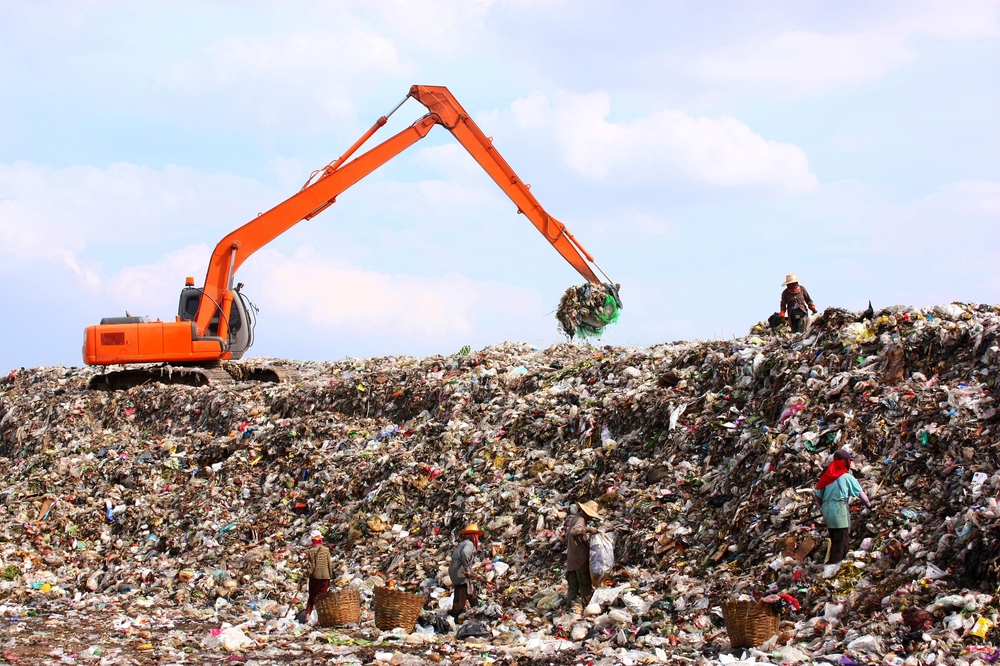In 2022, the City and County of Honolulu reported that residents and businesses produced over 1.2 million tons of solid waste. Based on this number, you’d think trash covers the entire island! So, where does it all go?
Once our trash is collected from our homes and office buildings, most of it is taken to the Honolulu Program of Waste Energy Recovery, also known as H-POWER. At the facility, magnets extract ferrous and non-ferrous metals from the waste. Then, screens are used to remove dirt, sand, and glass beforethe leftover waste is burned in boilers to produce steam. Turbines use this steam to generate electricity, which is sold to Hawaiian Electric Co. and accounts for about 7% of the electricity used on Oahu. Once the trash is reduced to ash, it is taken to the landfill.

According to a spokesperson from the City and County’s Department of Environmental Services, ash is more preferable to trash in a landfill. Regular waste creates gas, odors, and leachate (contaminated water), and attracts pests. Ash doesn’t. Instead, it sets up like concrete in the landfill, which can help with the stability of the landfill.
Of the 1.2 million tons of solid waste produced in 2022, 36% of it was recycled, 46% was burned and used to create energy, 12% was burned and sent to the landfill, and 6% remained solid waste sent to the landfill. This means a combined 82% of Hawaii’s solid waste is recycled or turned into energy, benefiting our oceans by keeping leachate out of our waterways. Remember to recycle when possible and throw your trash away in it’s proper place so that we can benefit cleaner, safer oceans.
H-POWER, located at the Campbell Industrial Park in Kapolei, was built in 1990 and processes over 700,000 tons of waste annually. Its primary function is to reduce the volume of municipal solid waste on Oahu. The plant can consume 3,000 tons of garbage per day, reducing the volume of waste that goes to the landfill by 90%. Learn more about the facility here.
Sources: Spectrum Hawaii, City and County of Honolulu, Department of Environmental Services – Refuse Division
